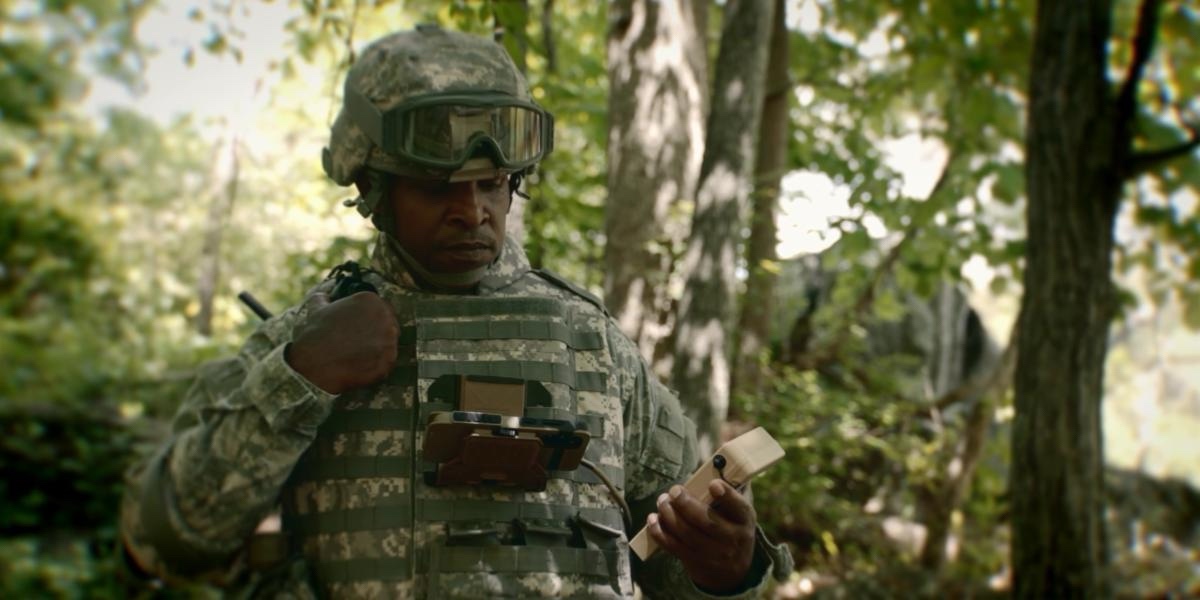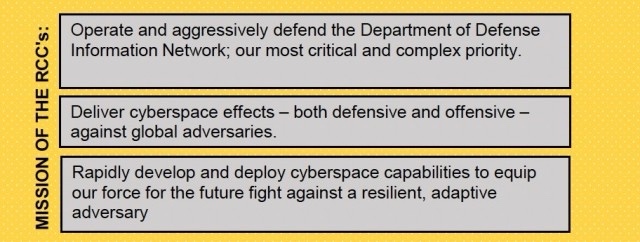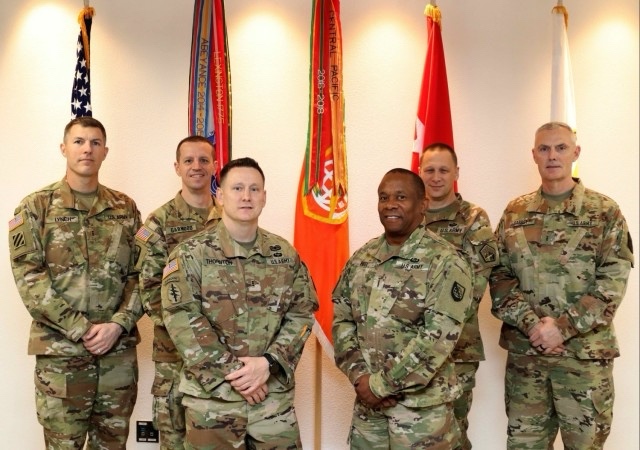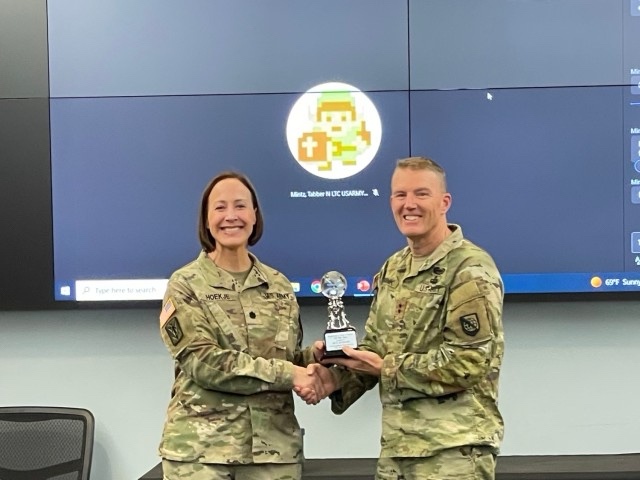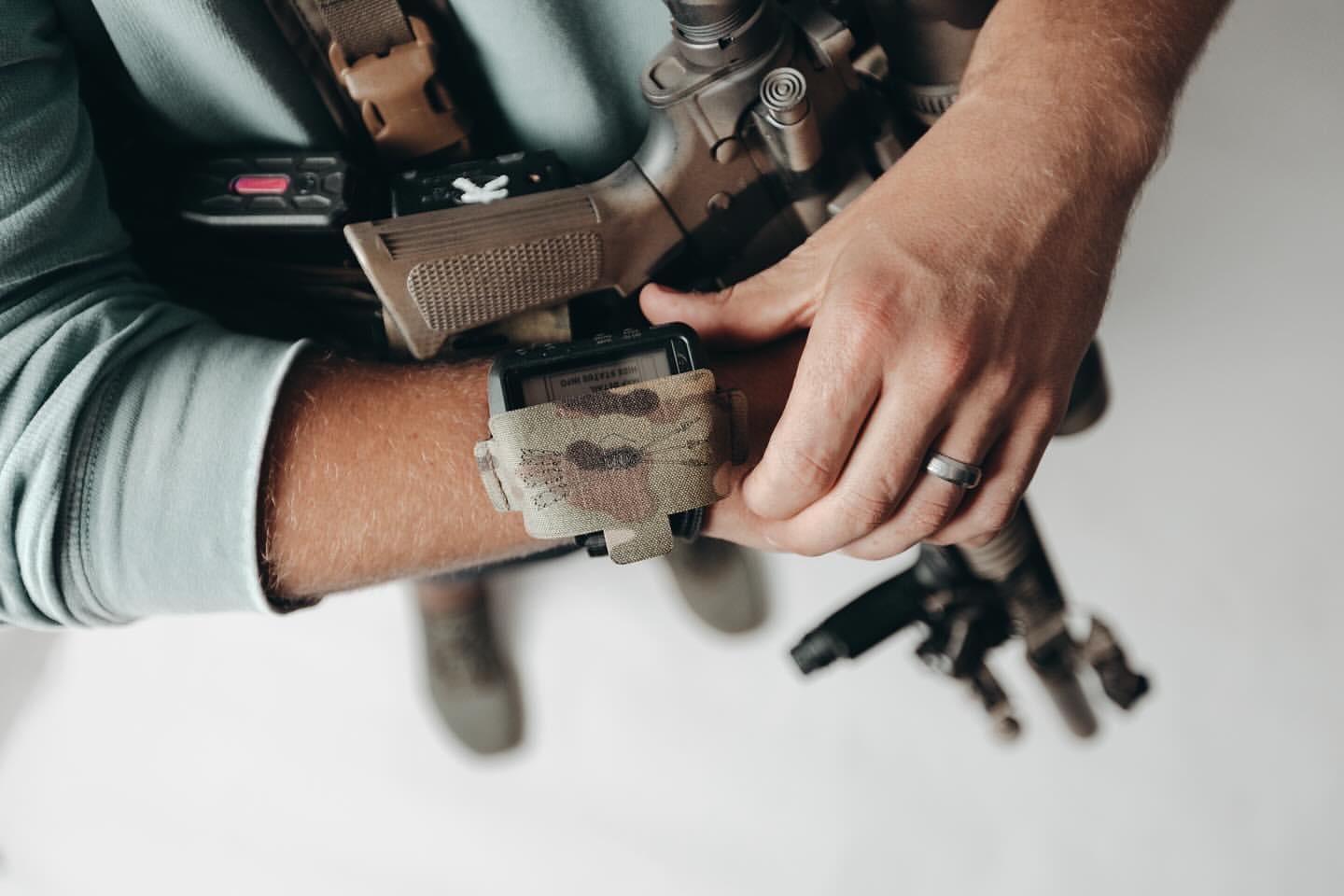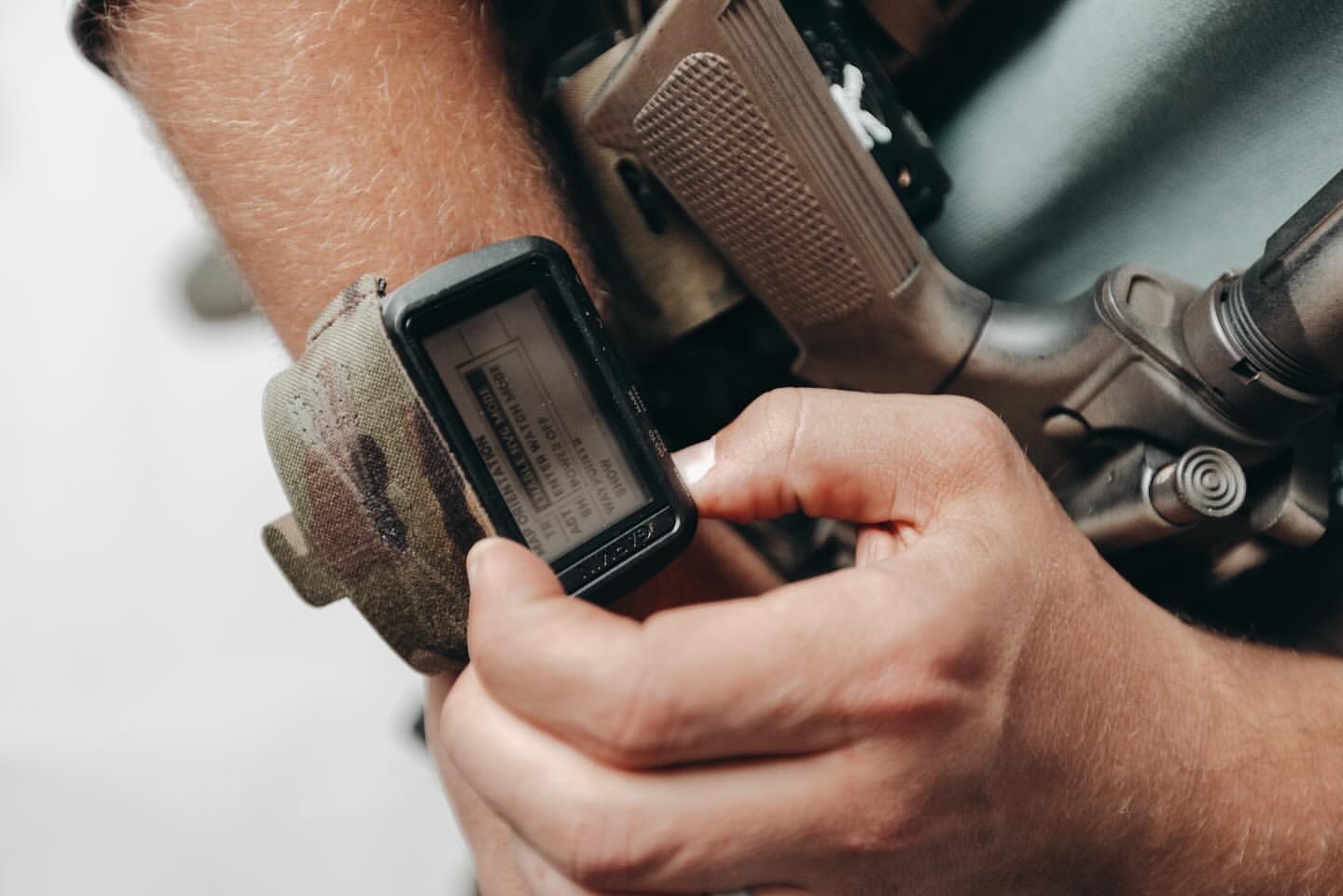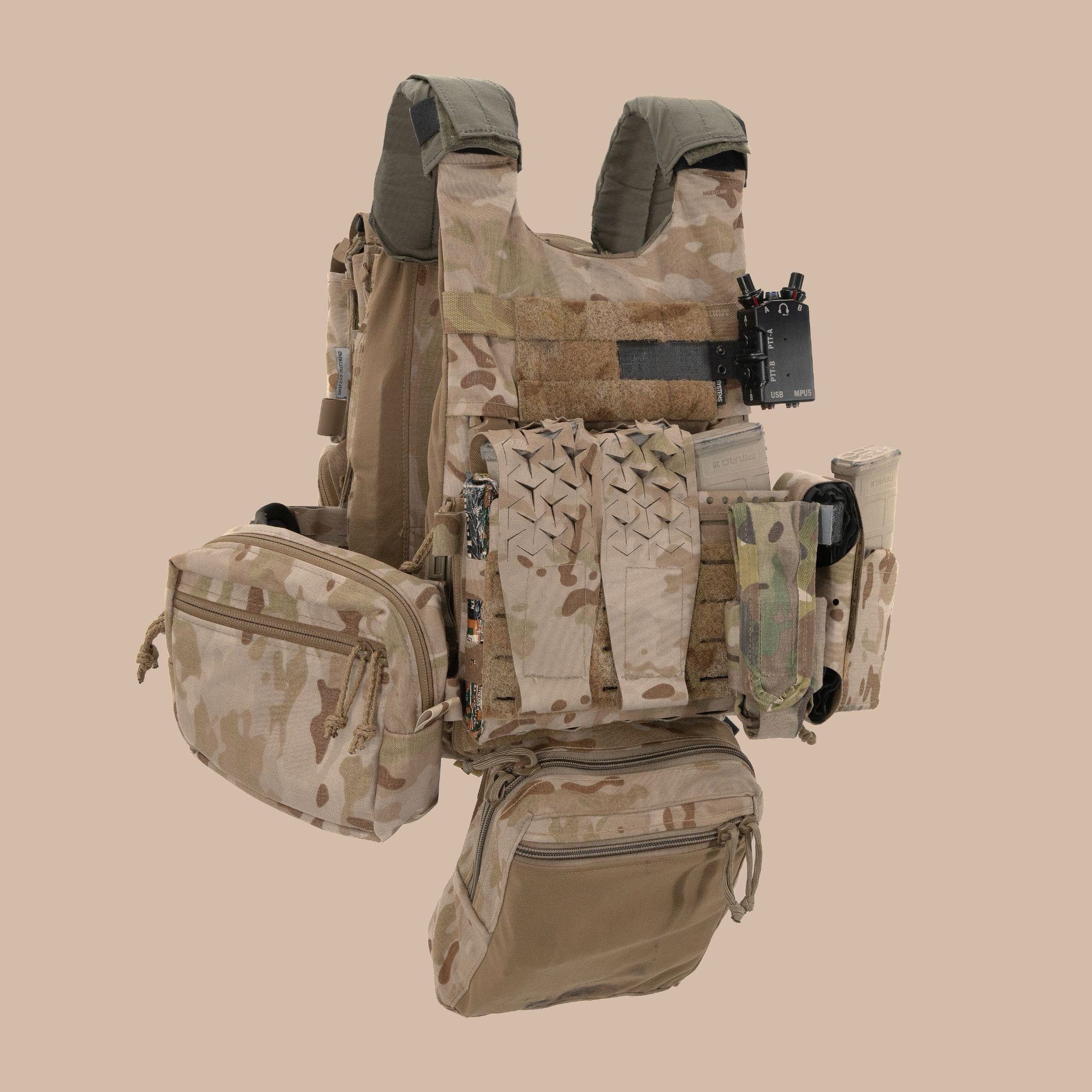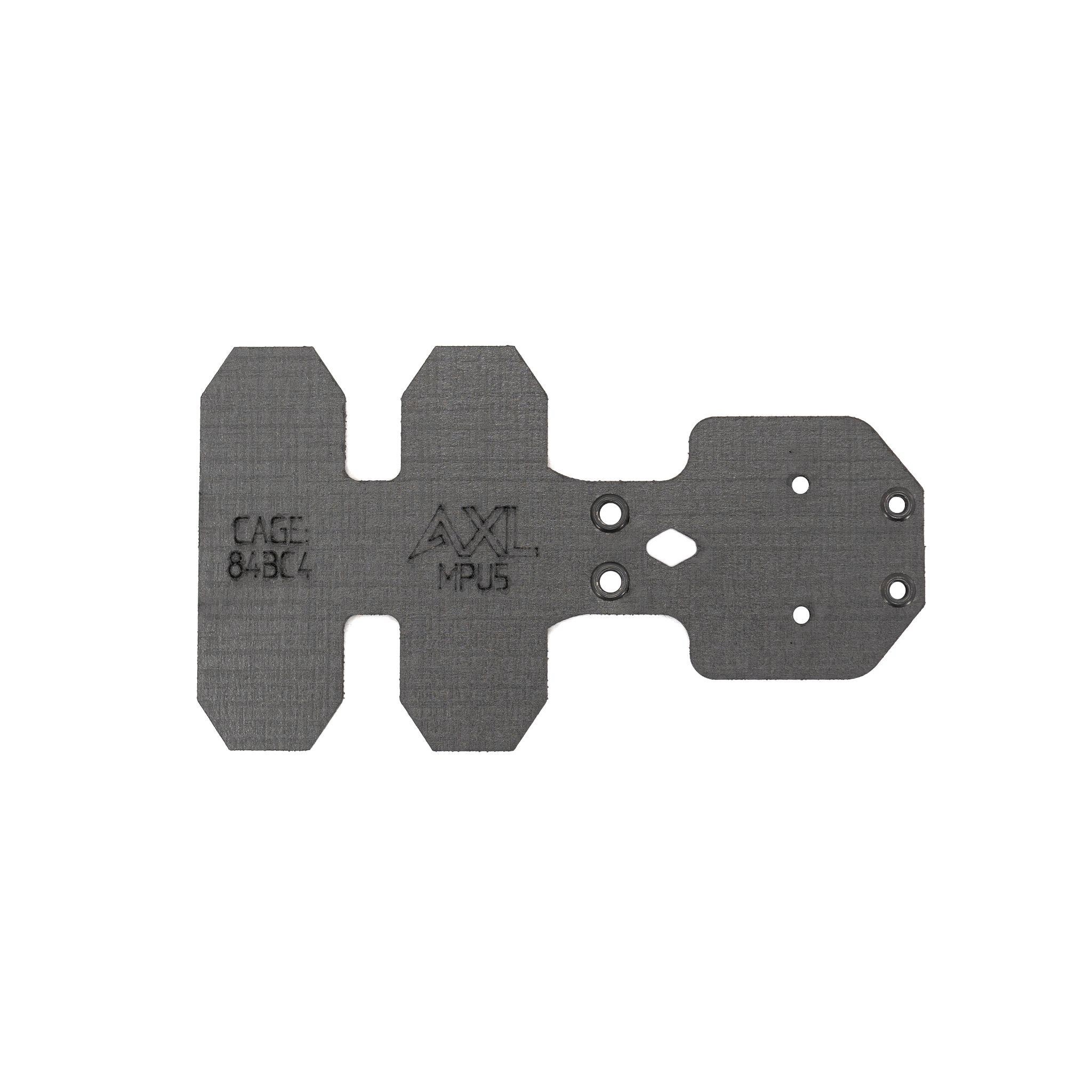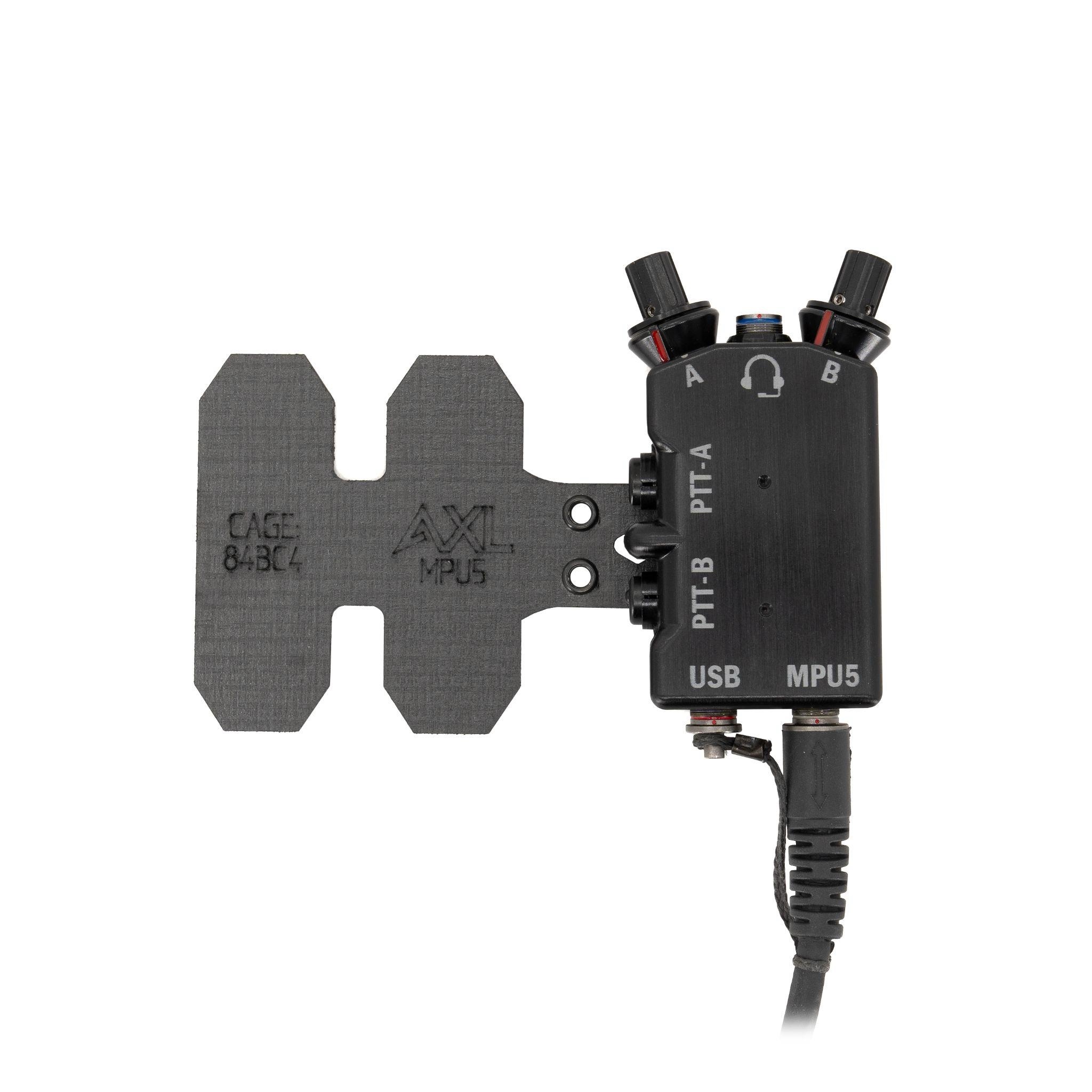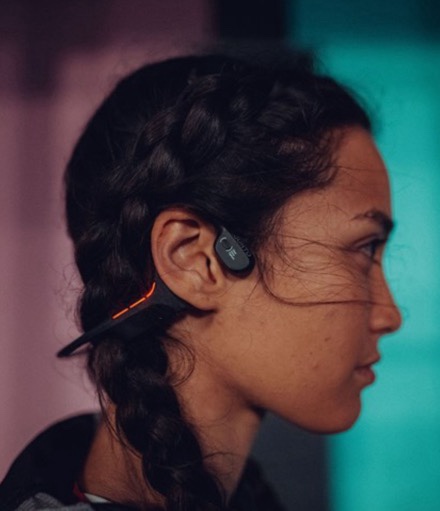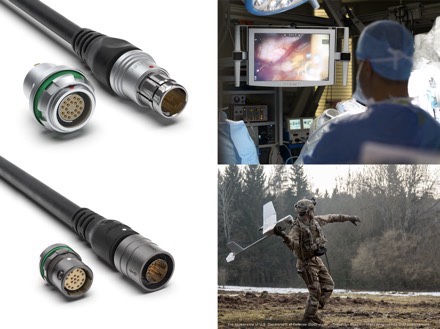
SKOPJE, North Macedonia — Soldiers with the 509th Strategic Signal Battalion, 2nd Theater Signal Brigade were the first in history to facilitate en route mission command outside of the U.S. while in-flight with Stryker vehicles as a tactical command post aboard a military aircraft, which kicked off the U.S. Army Europe and Africa exercise, Brave Partner, Dec. 1 at Skopje International Airport.
Brave Partner is a “short notice action planning exercise” that aims to enhance regional partnerships and increase U.S. force readiness and interoperability in a realistic, multinational training environment, including roughly 180 U.S. Soldiers from the 2nd Cavalry Regiment with support from 30 service members from the Army of the Republic of North Macedonia, Dec. 1-10, 2023 at Skopje International Airport and Krivolak Training Area, North Macedonia.

“I find it exceptionally phenomenal to have the opportunity to field equipment and work with partner units as well as partner nations,” said Capt. Shenelle Stallings, 509th SSB Headquarters and Headquarters Detachment commander. “The cohesion and the trust we’re building with one another — because I’m from the 509th, and we’re providing comms for 2CR, and we’re in North Macedonia — so all those pieces coming together and seeing how these things work makes it all the more worthwhile.”
Stallings said her team is making history by validating en route mission command that’s first-of-its-kind on a strategic network, and they’re setting a foundation and building it from the ground up in their area of operation. They achieved excellent signal speeds that exceeded their expectations with minimal latency. They faced snow and heavy clouds, which had the potential to degrade signal transmissions. She explained that taxiing and takeoff were the most important parts of the test while transitioning between equipment from ground to air, and that was also successful.
“I was on a video chat the entire time, and it was crystal clear,” said Stallings. “We use the Voyager 8 and the KAFMA antenna that allows us to reach back to our strategic network in Italy, and then we’re also able to come here with our Starlink and transition to that seamlessly.”

One of Stallings’ Soldiers, Cpl. Deandra Winston, is an expert on communications equipment and prefers the Voyager 8 transit case to bulkier equipment she’s used in the past. She explained that tactical signal equipment is becoming increasingly innovative and mobile. Being able to connect users without waiting for equipment to be set up on ground is key.
“It will create an ease of understanding between troops that are coming and going and a faster understanding of the mission that needs to be executed,” said Winston. “New technology comes out every day, and it’s best to not be scared to try new tech. Everything takes time, and I understand that, but it’s time to get rid of the old and use the new.”
As part of USAREUR-AF’s Tactical Mission Data Platform, 2CR’s Stryker vehicles were a command post aboard a C-17 aircraft, demonstrating innovation and speed in exchanging information between commanders en route in the sky and warfighters on the battlefield.
As this initial event for Brave Partner took place, the charter plane carrying a majority of the 2CR Soldiers was also arriving at Skopje International Airport.
Army of the Republic of North Macedonia Sgt. Maj. Igor Petrovski, airport liaison officer, was on-site and coordinated the C-17’s arrival as well as the charter plane’s arrival that carried most Soldiers who arrived for Brave Partner. He has a wealth of experience facilitating flights for NATO partners, including C-17s, C-130s and charter flights for the U.S.

The Republic of North Macedonia has a partnership with the Vermont National Guard, and Petrovski explained that his country’s military hosts international exercises with NATO countries, including the U.S. Army and especially the Vermont National Guard.
“We are brothers in arms with the Vermont National Guard,” said Petrovski. “The partnership is leveled up year by year.”
Army of the Republic of North Macedonia Lt. Col. Vladimir Cvetkovski, chief of the Host Nation Support Coordination Center, explained that North Macedonia is new to NATO with three years of membership, but they’ve taken many steps to maintain standards, and they are committed to training with the U.S. as well as keeping good relations with all of NATO.
“The U.S. is our strategic partner,” said Cvetkovski. “We have very good support from the U.S.”
A majority of Brave Partner is scheduled to involve live-fire ranges for 2CR Soldiers to train with Stryker armored fighting vehicles. Cvetkovski explained that Krivolak Training Area has the best terrain and facilities for that type of training. He said the training area accommodates a variety of military vehicles, aircraft and munitions.
“We have a very good training area here,” said Cvetkovski. “KTA is in the top 3 of all training areas in all of Europe.”
By Capt. Maria Salcido


